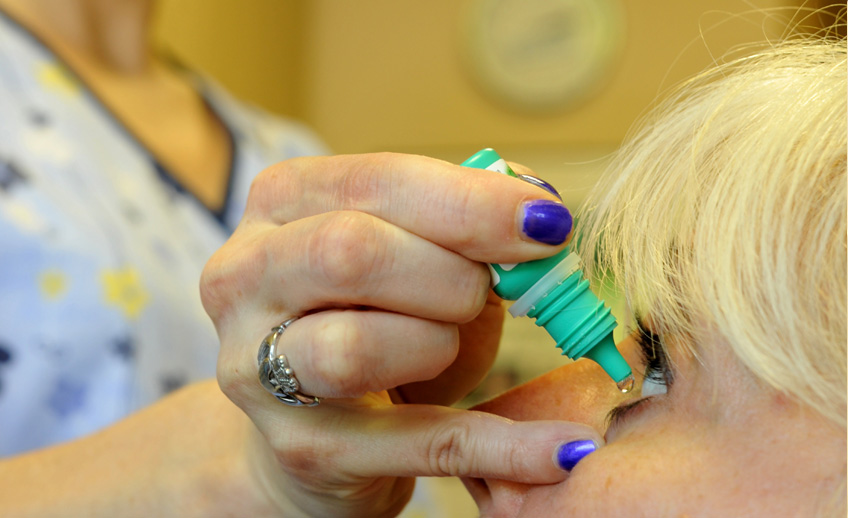Corneal Diseases and Treatments
What is the Cornea?
The cornea is the clear front window of the eye that covers the colored iris and the round pupil. Light is focused while passing through the cornea so we can see. To stay clear, the cornea must be healthy.
How can an unhealthy cornea affect vision?
If the cornea is damaged, it may become swollen or scarred. In either case, its smoothness and clarity may be lost. The scars, swelling or an irregular shape cause the cornea to scatter or distort light, resulting in glare or blurred vision.
What are some diseases and treatments for the cornea?
Corneal Transplants – a corneal transplant may be warranted due to various reasons, including corneal failure or scarring after infections or injury. Learn more about corneal transplants.
Dry Eye Syndrome – a condition in which there are insufficient tears to lubricate and nourish the eye. People with dry eyes either do not produce enough tears or have a poor quality of tears. Learn more about dry eye syndrome and therapy options.
Keratoconus – a degenerative disorder of a cornea that causes it to progressively thin out and loose its round shape causing distorted and reduced vision. Learn more about keratoconus diagnosis and treatment.
Collagen Cross-Linking – a medical treatment that uses UV light and vitamin B2 (Riboflavin) to strengthen collagen in the human cornea. Read more about collagen cross-linking.
Pterygium – caused by excessive sun light exposure. It is more common in people who grew up in countries closer to Equator or spend a lot of time outside either for work or pleasure. Learn more about pterygium.

